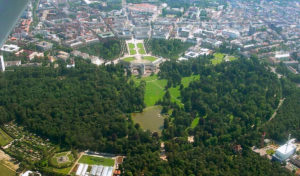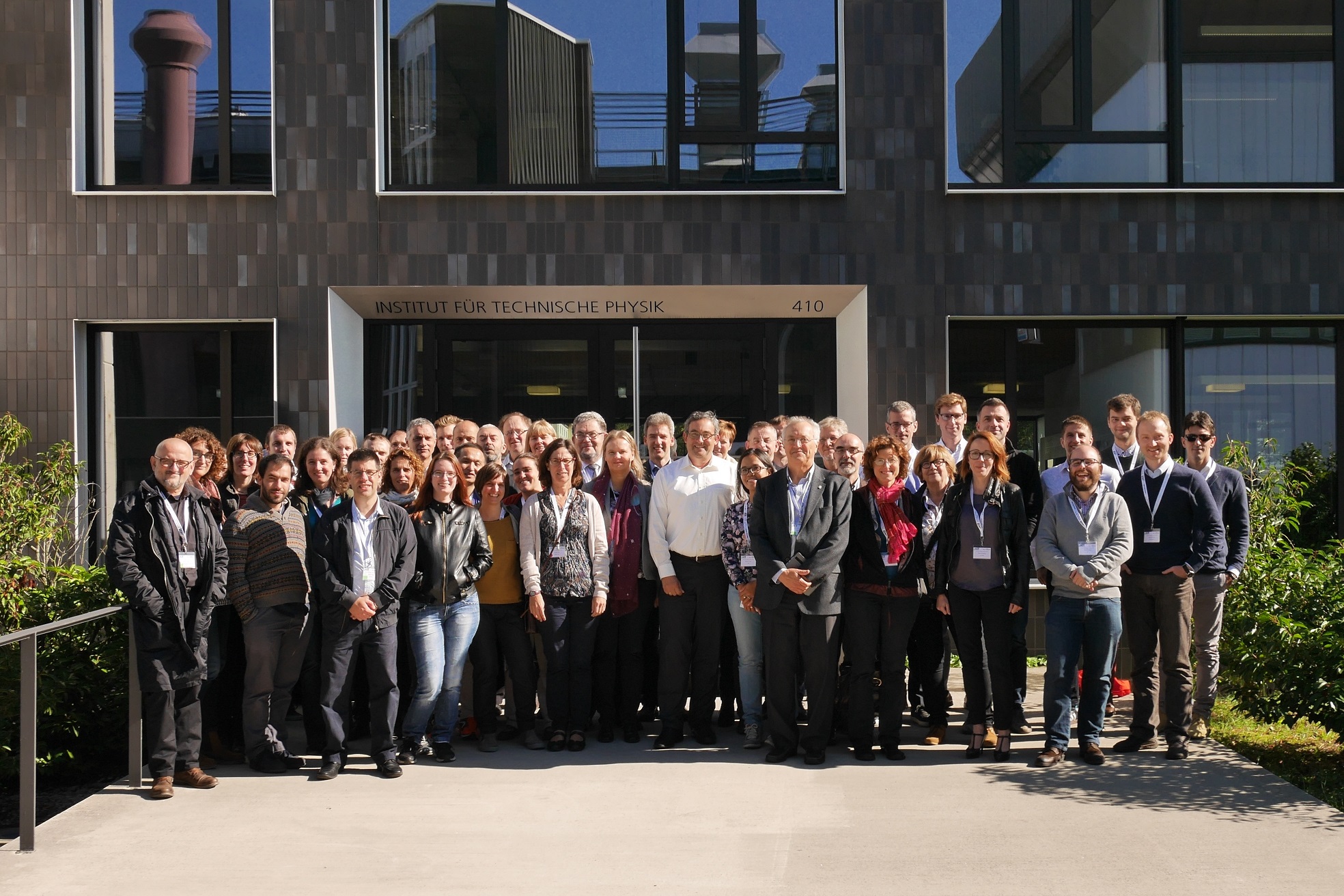Superconductivity Project: Eurotapes 48M Consortium Meeting in Karlsruhe
 The 48M consortium meeting of EUROTAPES will take place on the 4th-6th of October in Karlsruhe (Germany) hosted by the KIT (Karlruhe Insititute of Technology).
The 48M consortium meeting of EUROTAPES will take place on the 4th-6th of October in Karlsruhe (Germany) hosted by the KIT (Karlruhe Insititute of Technology).
Participants will discuss scientific activities such as high throughput, scaling and nanocomposites but also quality control and life cycle approach. In the end, management, financial and dissemination aspects will be discussed.
High current coated conductors (CC´s) have high potential for developing electrical power applications and very high field magnets. The key issues for market success are low cost robust processes, high performance and a reliable manufacturing methodology for long length conductors. In recent years EU researchers and companies have made substantial progress towards these goals, based on vacuum (PLD) and chemical deposition (CSD) methods towards nanostructuring of films. This provides a unique opportunity for Europe to integrate these advances in high performance conductors.

The EUROTAPES project addresses two broad objectives:
1.- The integration of the latest developments into simple conductor architectures for low and medium cost applications and delivery of +500m tapes. Definition of quality control tools and protocols to enhance the processing throughput and yield to achieve a pre-commercial cost target of 100 €/kAm.
2.- Use of advanced methodologies to enhance performance (larger thickness and Ic, enhanced pinning for high fields, reduced ac losses and increased mechanical strength).
Demonstration high critical currents (Ic>400A/cm-w, at 77K and self-field and Ic>1000A/cm-w at 5K and 15T) and pinning forces (Fp>100GN/m3 at 60 K). The CSD and PLD technologies will be combined to achieve optimized tape architectures, nanostructures and processes to address a variety of HTS applications at self-field, high and ultrahigh magnetic fields. Up to month 36, 3 types of conductors will be developed (RABiT, ABAD and round wire); at Mid Term 2 will be chosen for demonstration during the final 18 months.
The consortium consists of 20 partners from 8 member states – 6 universities (Cambridge, UK; Antwerp, B, UAB Barcelona, ES, TU Cluj, RO, U. Ghent, BE and TU Wien, A), 5 institutes (CSIC-ICMAB, E, ENEA, I, IEE, SK,Inst. Neel-CNRS, F, and IFW, D), 1 technological center (LEITAT, ES) and 8 industrial companies (Bruker, D, Evico, D, Theva, D, Nexans GmbH, D, Percotech, D, Nexans SA, F, Lafarga Lacambra, ES and Oxolutia, ES)
